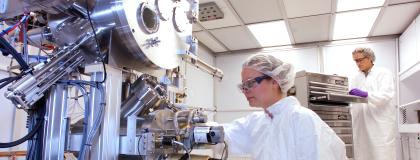
Research
From subatomic to nano to human to astronomical scales
Our faculty members are leading researchers in many areas of physics, and our department maintains close ties with national facilities such as TRIUMF, the Canadian Light Source, the Canadian Space Agency, and Perimeter Institute for Theoretical Physics. Research is carried out with our talented students (undergraduate and graduate) and postdoctoral scholars. The Department offers MSc and PhD programs in Physics and Biophysics, and we participate in the Biophysics Interdepartmental Group.
Research Groups
Areas
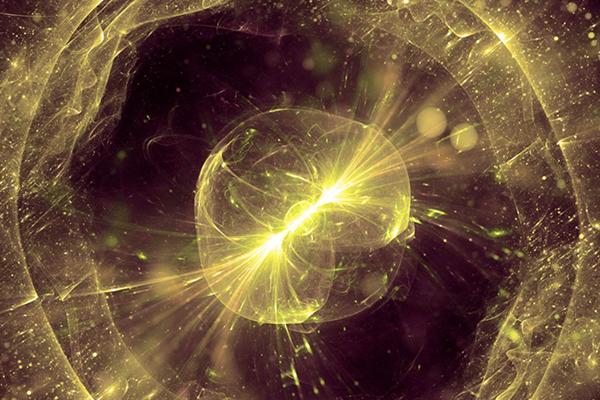
Astrophysics and Gravitation
Research activities in astrophysics and gravitation cover a broad range of subjects, including high-energy nuclear astrophysics, black holes and neutron stars, the dynamics of compact binaries, the design of future gravitational-wave detectors, and fundamental aspects of relativistic gravitation. Much of this work is carried out in the context of the emerging area of multi-messenger astronomy, which combines information carried by electromagnetic radiation, neutrinos, and gravitational waves.
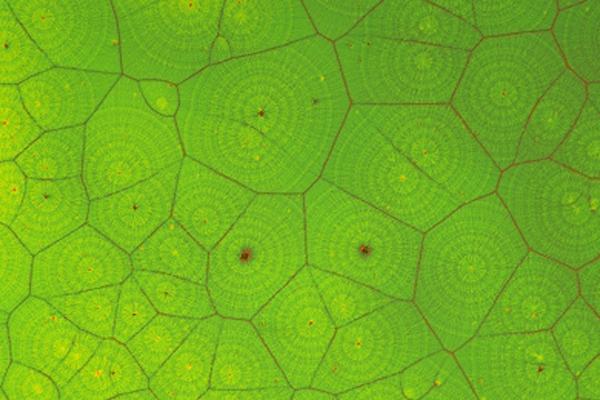
Biophysics
Biophysics is an interdisciplinary science where physics principles are applied to gain understanding of biological systems. We use advanced techniques to study a broad range of problems including protein structure and function, the physical properties of cell membranes and protein: membrane interactions, assemblies of macromolecules, and non-invasive elemental analysis medical applications.
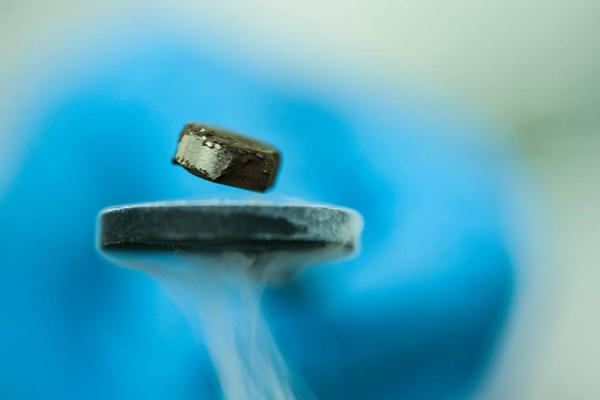
Condensed Matter and Materials
Condensed matter physics, with theoretical concepts and experimental applications, forms the largest branch of physics research today. Our experimentalists probe the novel properties of fluids, crystals, gels, macromolecules, semiconductors, and metals, to determine the behaviour of matter under a broad a range of circumstances. Theorists work closely with their experimental colleagues to understand diverse phenomena.
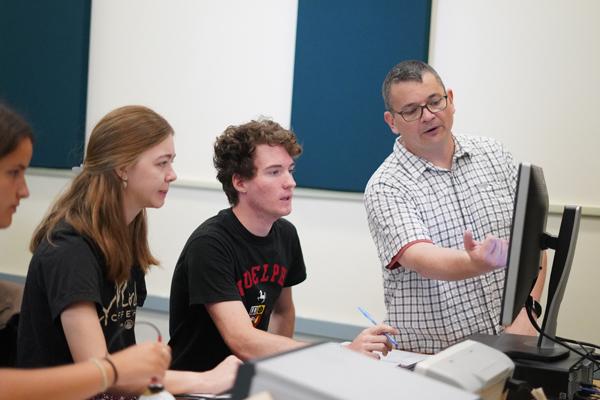
Physics Education
Our faculty members with a particularly strong interest in Physics Education are involved in a variety of activities and projects. These include curriculum development at the University of Guelph, as well as at the provincial and national levels. There is also interest in exploring and evaluating new interactive lecturing methods, developing effective lecture demonstrations and laboratory experiments, using sports and music in physics teaching, creating teaching materials for elementary school teachers, and giving physics-demonstrations presentations to the general public.

Planetary Exploration
Faculty member Ralf Gellert is currently the lead scientist for the Alpha-Particle X-ray Spectrometer (APXS) on board the Mars Exploration Rovers (MER). Together with a team of scientists from the Max-Planck Institute in Mainz, the Jet Propulsion Lab and NASA we are performing the daily operations of the instruments on Mars and analyzing the returned data. The APXS is one of the instruments mounted on the rover arm. It measures the chemical composition of rocks and soils with x-ray spectroscopy.
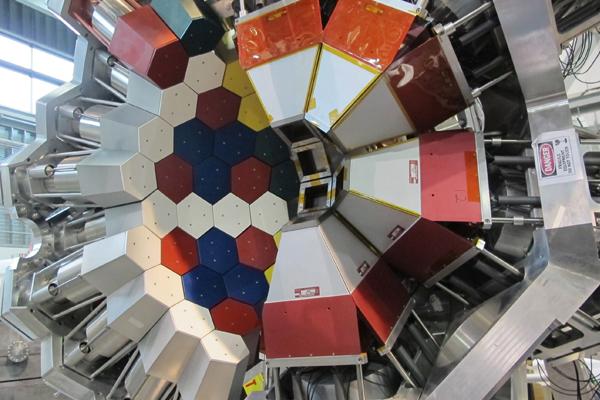
Subatomic Physics
Subatomic physics is the study of the constituents and interactions of matter on the scale of the atomic nucleus, and smaller. Our primary experimental efforts focus on nuclear structure, nuclear astrophysics, and searches for physics beyond the Standard Model using Canada's world-leading radioactive beam facilities, at TRIUMF. Our research also includes experimental work performed at world-leading laboratories across the globe. Theoretical efforts concentrate on nuclear forces, the structure of nuclei and the synthesis of heavy elements, the physics of superfluidity, and the structure of neutron stars.
